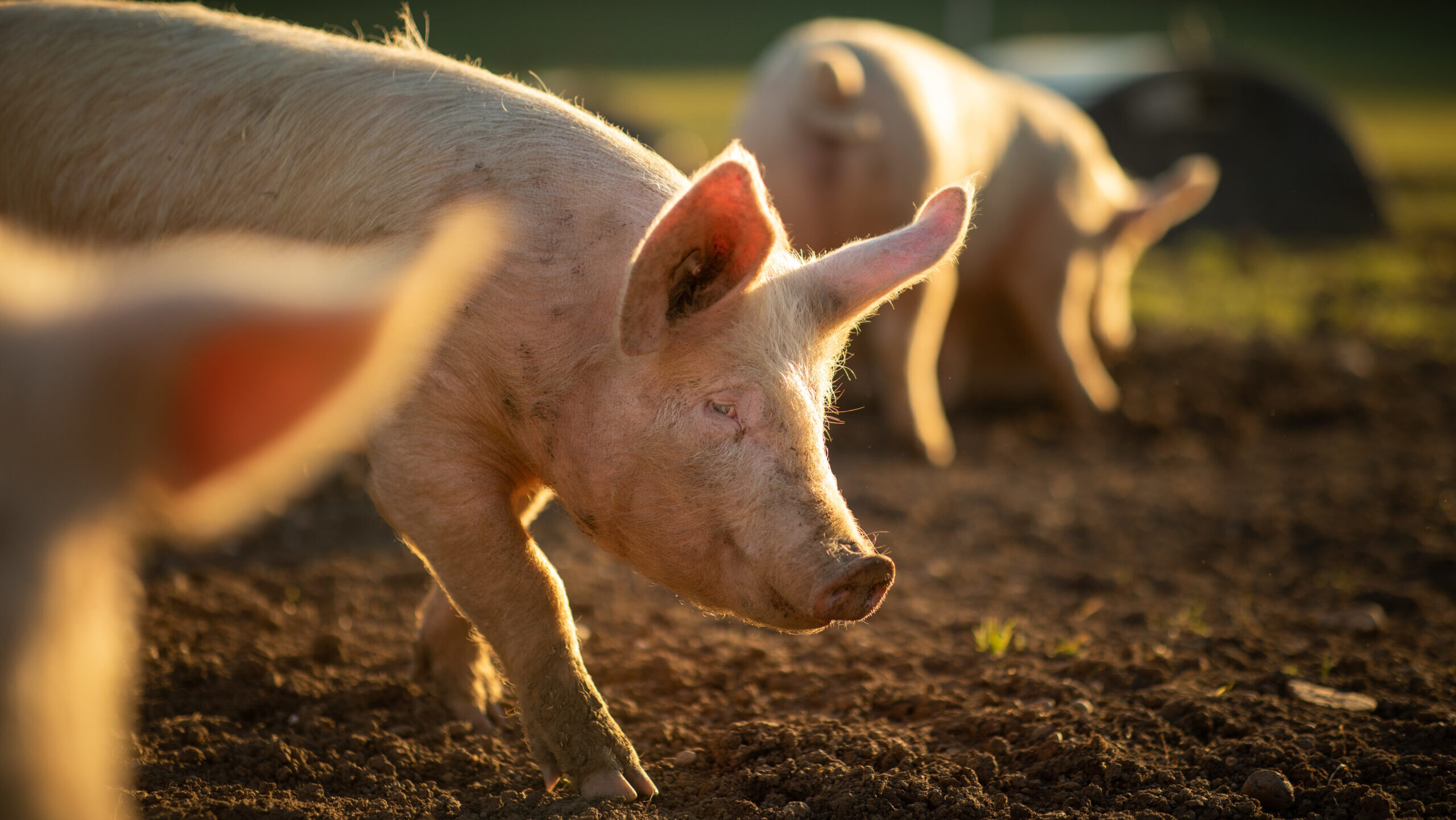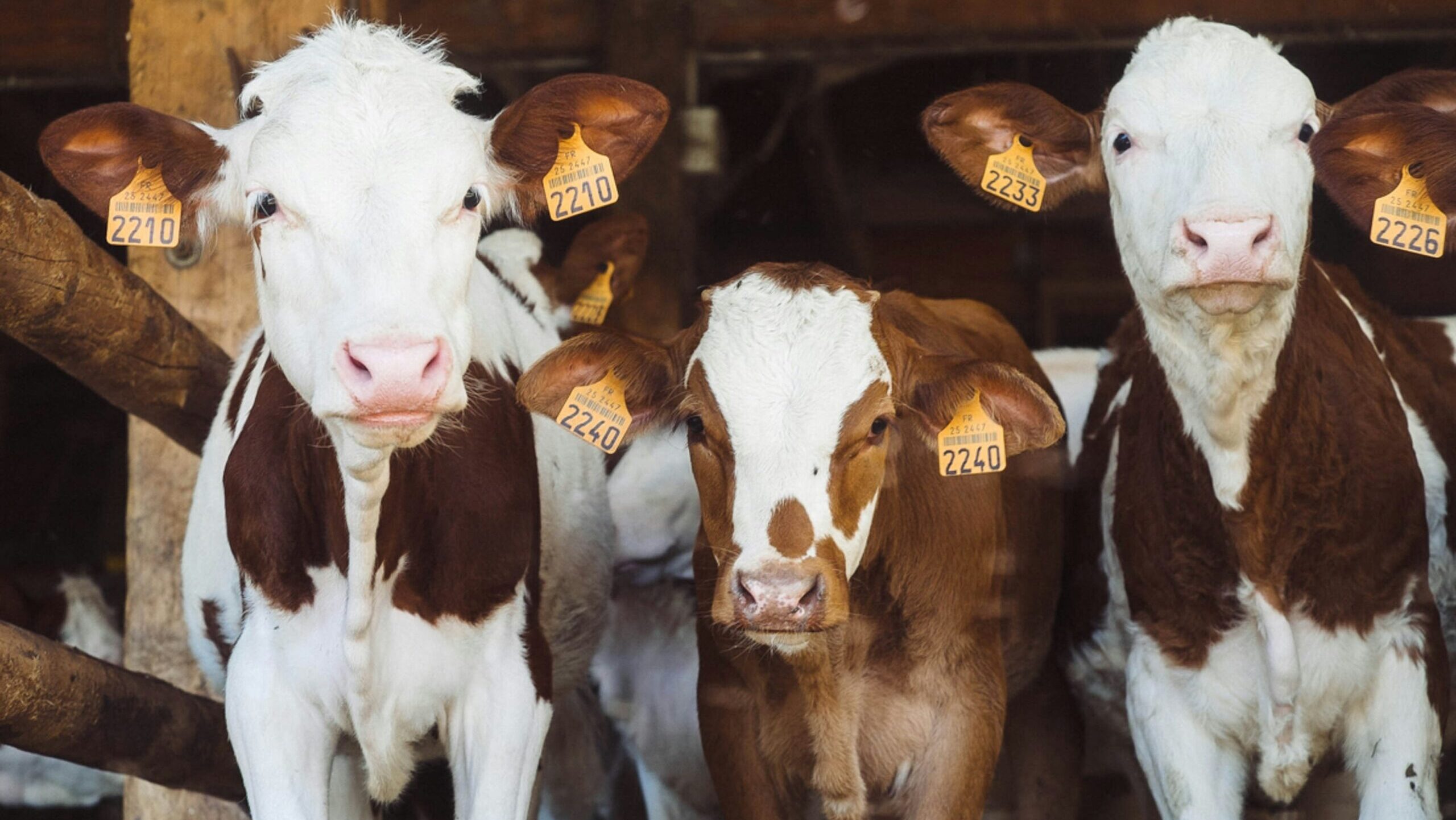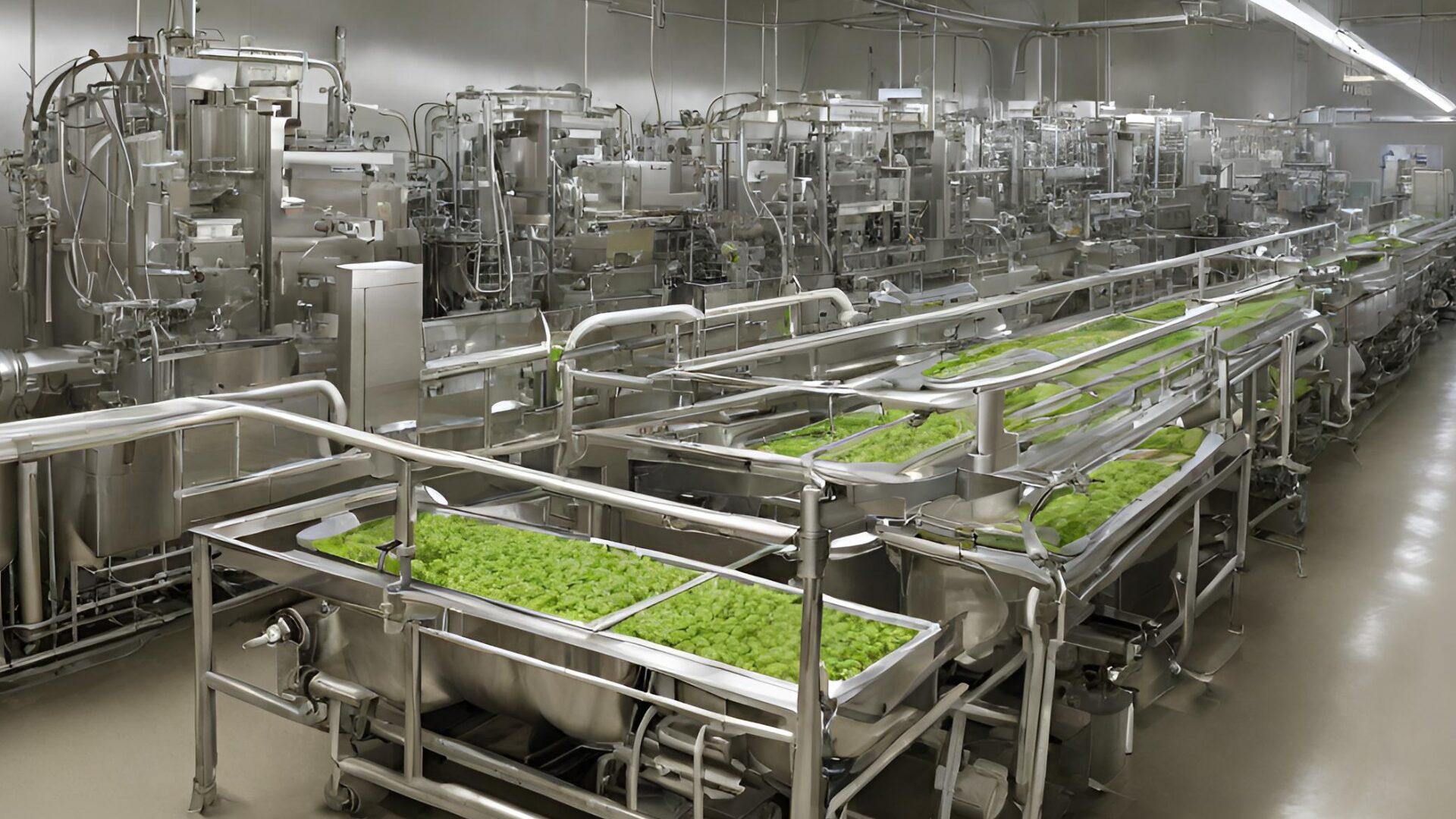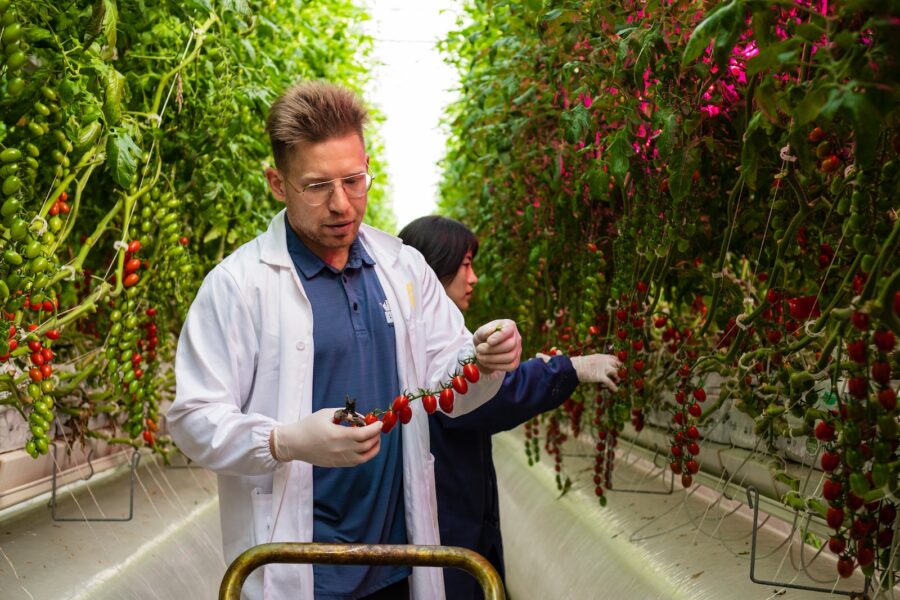Demand for fluid milk continues to drop, forcing dairy farmers to dump milk, some of it winding up in the Milwaukee sewer system.
Food Processing recently reported truckloads of milk were dumped into the Milwaukee Metropolitan Sewerage District because demand for fluid milk has fallen. Ninety percent of Wisconsin milk is made into cheese, but there’s a lack of cold storage facilities to handle the surplus.
The report said sewer district officials did not reveal how much milk was dumped or how long the dumping had been going on, but the amount likely was in the hundreds of thousands of gallons. A spokesman told reporters the dumping had declined to five truckloads a week, with each truck carrying as much as 7,000 gallons.
The milk had to be treated by Earth Environmental to bring the effluent up to Environmental Protection Agency standards before it could be released into Lake Michigan
The Wisconsin Cheese Makers Association called the dumping unfortunate. Association executive director John Umhoefer told WITI the following:
“This is perfectly good milk. We do believe this will come to an end swiftly, but right now we are in an imbalance. It’s a shame.”
The dumping is not exclusive to Wisconsin. Wisconsin State Farmer recently reported more than 60 members of Associated Milk Producers Inc. were told to dump their milk. The Association has members in Iowa, Minnesota and Wisconsin. The report said it appeared the co-op was rotating which members were being told to dump their production.
Sarah Schmidt, AMPI vice president of marketing, said there are at least two factors involved: Schools are closed for the summer, and milk from outside the Upper Midwest is working its way into the region. Additionally, one creamery in Minnesota was ordered closed for 30 days to make repairs.
Wisconsin State Farmer reported that milk prices are much lower than anticipated. Wisconsin produces about 14% of U.S. total production, the second largest producer behind California.
Meanwhile, in other ag-related news:
Shifting diets: High-income countries are slowing their consumption of meat while India has increased dairy consumption, according to the latest agriculture outlook from the Organization of Economic Co-operation and Development and the U.N. The annual report also notes Africa is lagging the rest of the world in fish consumption.
The report predicts a shift from grains to fruit, vegetables, seeds and nuts, particularly in North America and western Europe, in the coming decade. Much of the shift is expected to be driven by environmental concerns.
Vertical farming: Vertical farming is expected to reach $3.2 billion in 2022 and was expected to grow to $10.3 billion by 2030, ResearchAndMarkets.com estimated. Planasa Genetics recently reported the U.S. is the largest player in the area, followed by China. 4D Bios Inc., Agrilution Systems GmbH and American Hydroponics are among the key companies involved.
One of the industry’s most venerable players has a murky future, however. This week AeroFarms provided an update on its Chapter 11 case. AeroFarms aims to conduct an auction to sell company assets while it continues operations, in part to provide better clarity regarding its outlook, reported perishablenews.com.
The Food Institute Podcast
What were the biggest trends at the 2023 Summer Fancy Food Show? Tanner Food Group president, Specialty Food Association alum, and food industry veteran Ron Tanner joined The Food Institute Podcast to reflect upon the show’s biggest winners, emerging trends, and what it takes to have staying power in the food industry. Additionally, he shares how important events like the Summer Fancy Food show have become in a post-pandemic world.












